2019 Participants & Organizers
- A paper on using ontologies in biodiversity.
- A paper on identifiers and metadata.
- My google scholar profile.
Participants
| I am a paleobiologist interested in paleoclimatic and paleovegetation reconstructions using small vertebrates, mainly amphibians and reptiles because they are dependent on temperature and humidity. I use species distribution and their climatic niche, and I want to use the species abundance - niche centroid distance relationship to paleoclimatic reconstructions. I'm very interested in using the morphology to predict the habitat type of fossil organisms, and relate the vertebrates response to vegetation structure and climate change.
I'm looking forward to learn new methods and contribute with ideas in the functional traits analyses, and drive the knowledge to Mexican paleontology. This will be my first time in Eugene and am so excited to participate in the workshop with all of you. |
< src="/media/biosketches/2019/jacruz.png" width=“200” class=“center”> J. Alberto Cruz Benemérita Universidad Autónoma de Puebla, México Paleobiology |
|

University of Arkansas Zooarchaeology/ Paleoecology |
I am a paleoecologist focused on how ecological change has affected the course of human evolution as well as how humans have affected their environments. My research is based in both Africa and North America and my questions primarily focus on mammals and their associated environments. I use multiple proxies to ask paleoecological questions including stable isotopes from bioapatite, collagen, and soil carbonates, fossil morphology, occurrence, taxonomy, and satellite-based climate and vegetation data. Much of this data is associated with hominin and archeological data.
I am excited to see how others organize and use their trait-based data to answer ecological questions. I also love the West Coast (I’m from Arizona) and I’m looking forward to seeing the stark landscapes of the Oregon coast. |
|
| My research spans multiple scales from local-scale community ecology and landscape ecology, to global-scale macroecology. My macroecological research uses large, ecoinformatic datasets and ecological modeling to address global-scale issues related to biodiversity loss and endangerment. A major focus of this research centers on developing traits-based and spatially-explicit predictive models of vertebrate risk to help inform conservation priorities. I have used machine learning and spatial modeling approaches to develop a map of the ecological pathways to extinction across mammals (Davidson et al. 2009, PNAS), and to identify the drivers and global hotspots of extinction risk in marine mammals (Davidson et al. 2012, PNAS). I recently worked to uncover geographic drivers of global mammal extinction risk, both today and in the future under changing climate and land use (Davidson et al. PLoS One 2017). Additionally, colleagues and I have been working to uncover emerging priorities to inform global conservation action by identifying species and regions most vulnerable to extinction and climate disruption, across the dimensions of biodiversity (taxonomic, phylogenetic, and functional) (Murray et al, 2014, GCB , Böhm et al. 2016, GEB, Böhm et al. 2016, Bio Con, Brum et al., PNAS 2017). |
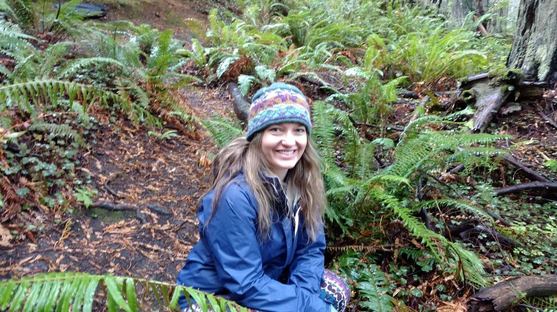
Colorado State University Mammalogy |
|
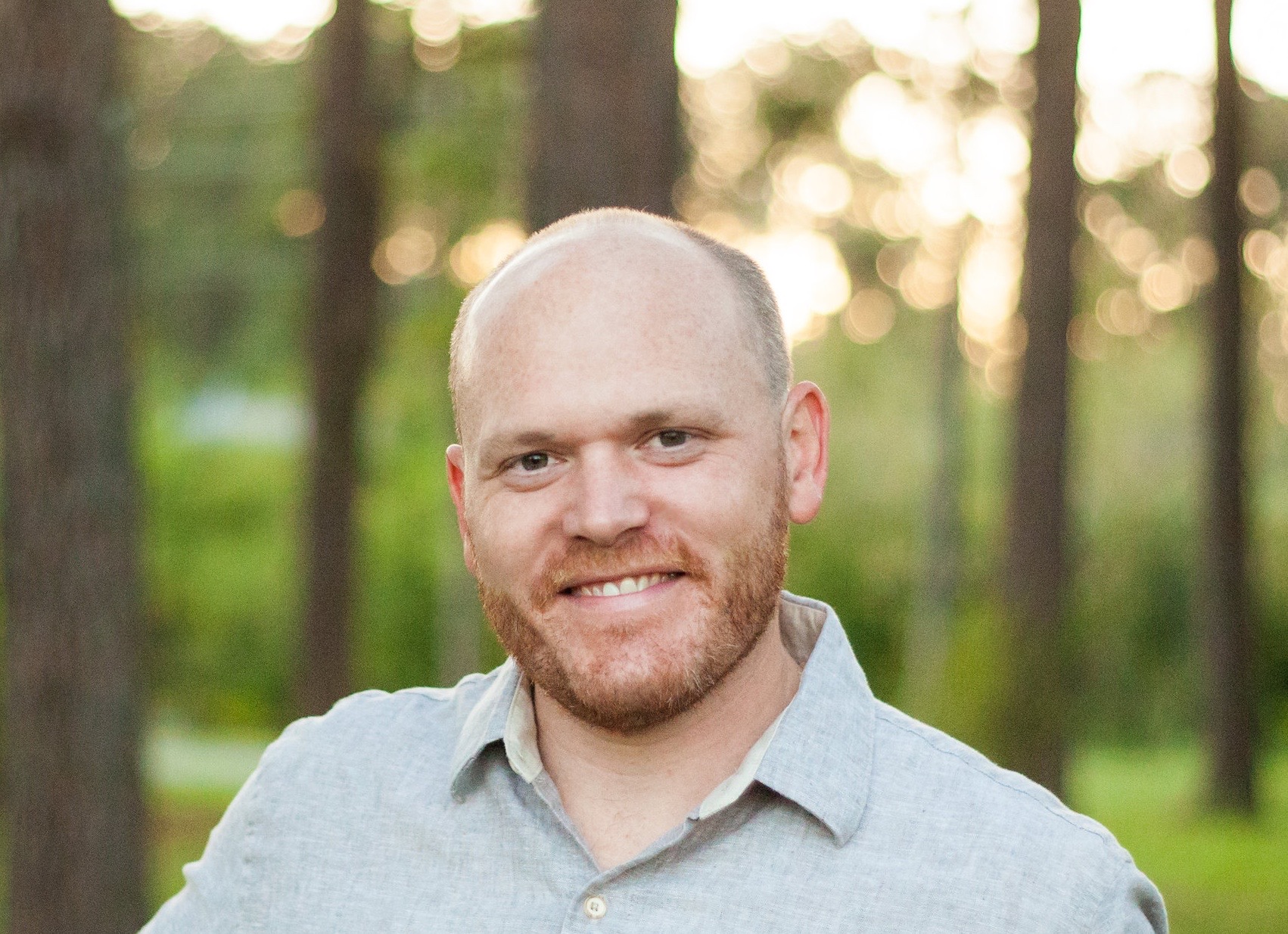
University of Florida Mammalogy |
I am an integrative biologist interested in landscape- to continental-scale patterns of mammalian evolution and responses of mammals to past and present environmental change. I use empirical (molecular + phenotypic) datasets plus biodiversity informatics tools to understand evolution of mammalian phenotypes, life histories, and ecological traits in explicit phylogenetic and spatial contexts.
Most of my datasets are taxon-centric (North American rodents) and maximize either shape resolution (3D GM of skeletal + genital elements) and spatiotemporal coverage (body lengths/masses in small mammals). I’m looking forward to developing ideas about how to expand these types of datasets in space and time, and especially across Rodentia. And I love the west coast so can’t wait for Eugene! |
|
| I am a mammalogist and ecologist interested in patterns and drivers of diversity. I recently defended my PhD at the University of New Hampshire and will be starting as a postdoc at Ohio State with Marta Jarzyna this fall. My dissertation research focused on using functional diversity to investigate the drivers of community assembly, elevational diversity gradients, and change over the last century in small mammal communities in the Great Basin of western North America. As part of this work I used museum specimens to identify several continuous morphological/phenotypic traits that offer higher-resolution data on species differences compared to categorical guild assignments, including kidney morphology, hair density, and craniodental morphology. I am interested in learning about tools for applying functional diversity to broader spatial and temporal scales as well as digging deeper into intraspecific variation in key traits across species’ ranges and how it may influence analyses of functional biogeography.
Unfortunately I can’t be in Eugene for the workshop, but I am excited to be joining in as much as possible remotely! Relevant papers: Kohli and Rowe. 2019. Beyond guilds: the promise of continuous traits for mammalian functional diversity |
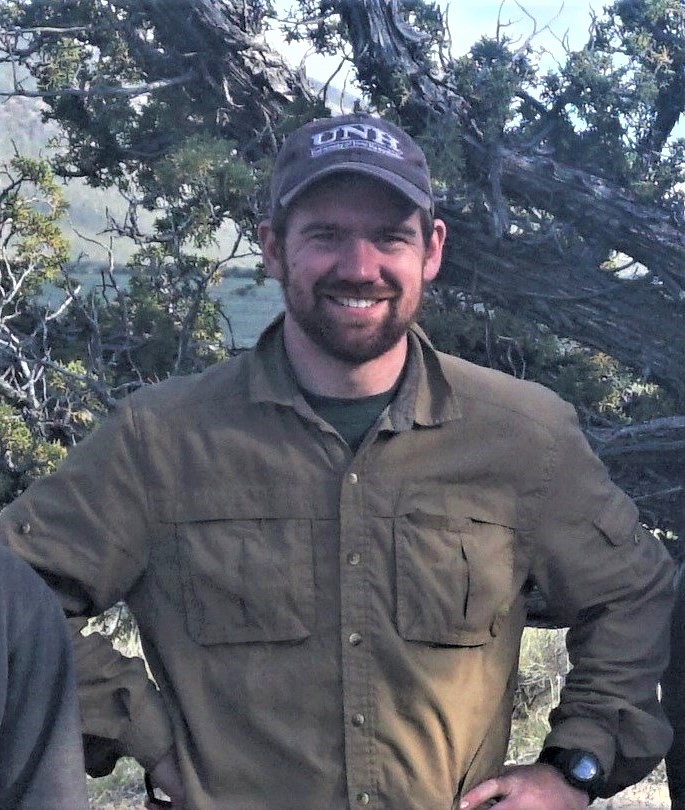
Ohio State University Mammalogy |
|
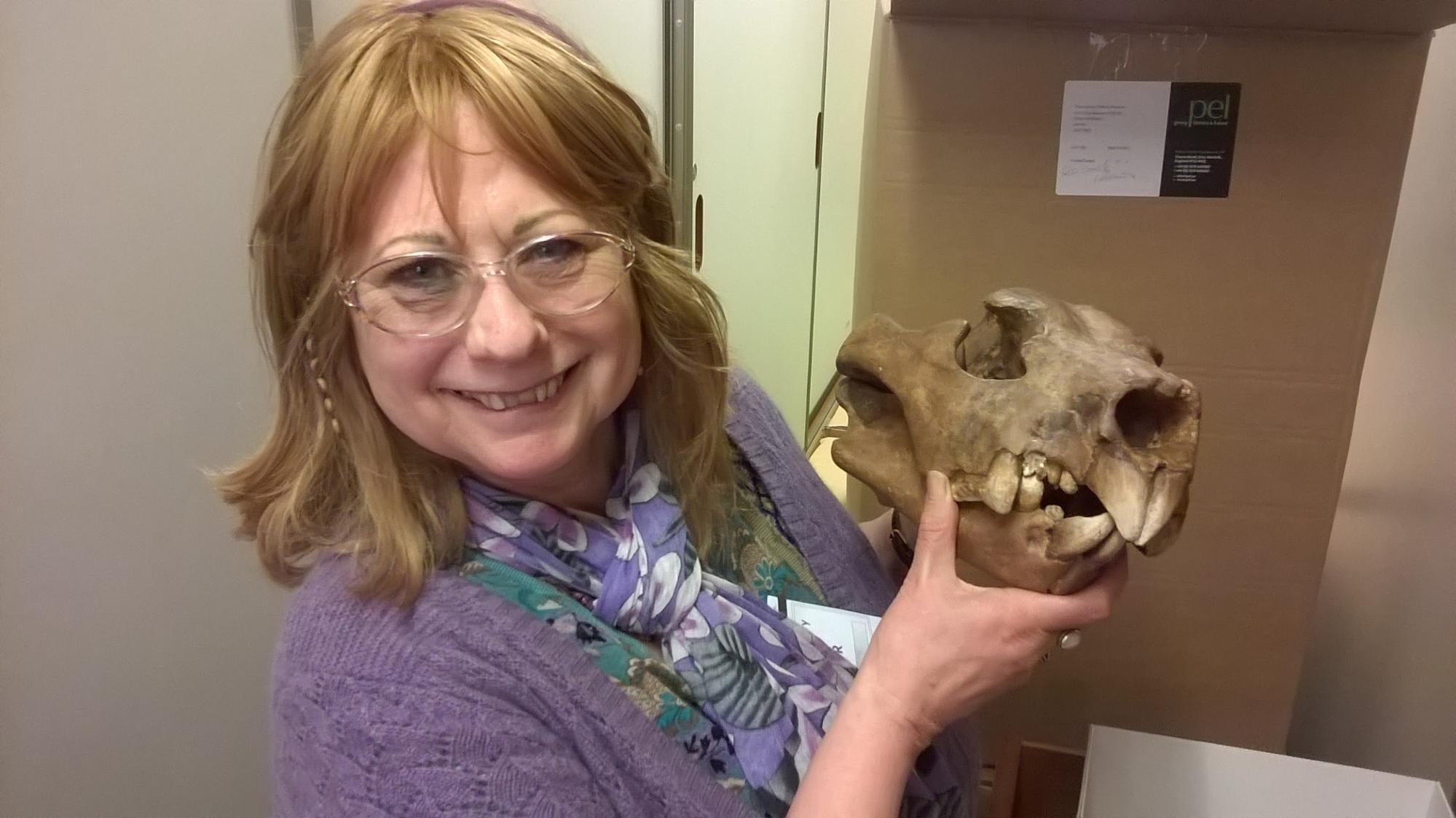
University of Bristol UK/ Brown University USA Paleobiology |
I’m a supposedly retired paleomammalogist, interested in the ecomorphology of large mammals (including ungulates, carnivorans, and marsupials) in relation to Cenozoic climatic change. I have lots of photographic and measurement data that I would be delighted to share with people. I won’t be present at the upcoming workshop, but look forwards to future meetings and perhaps being involved at a distance in this one.
My Brown University webpage has links to my publications |
|
| I am a paleoanthropologists working in East Africa studying human evolution and paleoecology. I direct the Paleo Core project which hosts specimen level fossil occurrence data for paleoanthropologists and paleontologists. I’m looking forward to exploring methods for linking fossil occurrence data to systematic descriptive trait data about the individual fossils. I love the outdoors and look forward to hiking and seeing the area around Eugene.
Pdfs of my recent publications are available on my website at http:dennereed.org. Reed, D. et al. 2015. Digital data collection in paleoanthropology. |

Univ. of Texas at Austin Paleoanthropology |
|
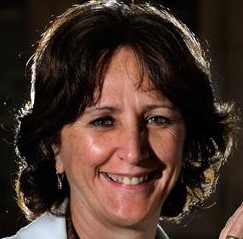
Bay Path University Paleobiology |
I am a paleoecologist and focus on using dental tooth wear as a mechanism for assessing dietary traits in herbivorous ungulates and other mammals in order to study global trends in vegetation and climate and extinction patterns through significant climatic events and over vast periods of time. In this capacity, I co-developed the low magnification stereomicrowear technique with Nikos Solounias from NYIT —a novel method of examining microscopic scars on dental enamel caused by food substances which employs a standard light stereoscope to examine tooth enamel surfaces. I have also focused on improving the resolution and repeatability of gross tooth wear methodologies (i.e., mesowear analyses) by co-developing "the mesowear ruler" with Matthew Mihlbachler and Nikos Solounias from NYIT (Old Wesbury, NY USA) and Florent Rivals (Institut Català de Paleoecologia Humana i Evolució Social -IPHES - in Tarragona, Spain). Consequently, most of my data is enamel microwear and mesowear data of living and fossil ungulates and primates.
I’ve always been a believer in sharing data so that science can progress and look forward to learning more about FuTRES. I love nature and look forward to spending some time walking or hiking out west. A sampling of my publications and other background may be found using the following links: |
|
| I am a Quaternary paleoecologist who works with both mammals and fossil pollen to understand the suite of factors determining species and community responses to environmental change. I am also the Associate Chair and lead vertebrates steward for the Neotoma Paleoecology Database. I am excited to participate in FuTRES to see how we can better capture and organize biological traits to integrate research across different spatial, temporal, and taxonomic scales and promote linkages among disciplines.
A list of my lab’s current work can be found on our website (publications) or my google scholar profile. |
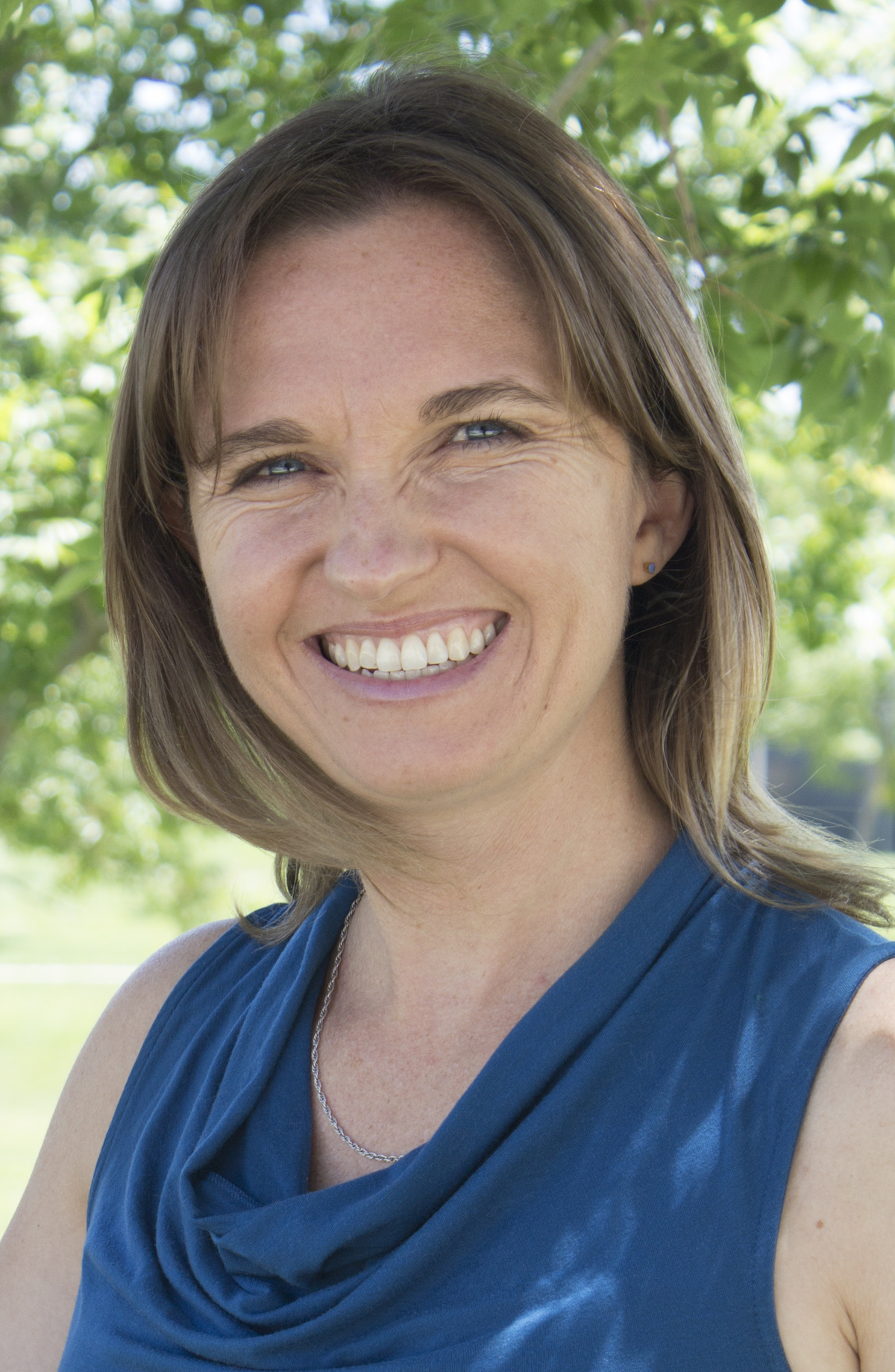
UC Merced Paleobiology |
|
|
Joaquin Arroyo-Cabrales Instituto Nacional de Antropología e Historia, Mexico Archaeozoology and Vertebrate Paleontology |
I work at the National Institute of Anthropology and History (INAH for its Spanish initials), the Mexican federal agency that takes care of the Historical, Archaeological, and Paleontological Heritages, and currently is in charge of the Paleontological Collection. I hold a Biological Sciences Ph.D. from Texas Tech University and currently am a member of the Mexican National Researchers System, with more than 80 indexed publications and has participated in more than 100 national and international conferences. My research focuses on Late Quaternary vertebrates and their contribution for understanding the paleoenvironments in which human survived in the Americas; in doing so I have undertaken studies on taxonomy, biogeography, taphonomy, and paleoecology mostly on Mexican Pleistocene mammals. In addition, I am a board member of the Program for the Mexican Bats Conservation, and participated in finding a previously listed extinct species.
|
|
| I am a paleontologist specialized in paleoecology and ecometrics of mammals during the Cenozoic. Currently I work as a post-doctoral researcher at the University of Helsinki, Finland, and I was a visiting researcher in the Natural History Museum of London for 2015-2017. My current research interests include new methods to estimate diets and body size of fossil large herbivorous mammals, the evolution and dietary changes of proboscideans during the Neogene in East Africa, body size changes and paleoecology of mammals during the Cenozoic, and ecometric modelling of paleoenvironments based on functional traits of herbivorous mammals. I have compiled and managed a large dataset of fossil mammal body mass estimates from the Cenozoic of all continents (especially Old World and North America) during the last few years. Lately I have concentrated on improving body mass estimate understudied taxa such as fossil proboscideans. |
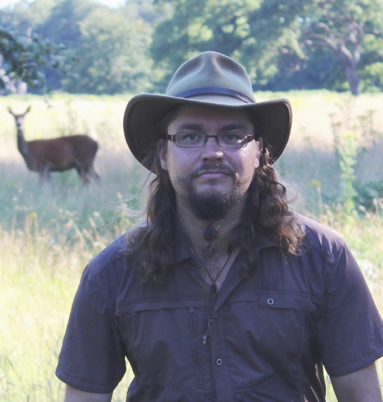
Juha Saarinen University of Helsinki, Finland Paleobiology |
|
|
Keiko Meshida Howard University Anatomy/Comparative anatomy |
I’m currently a postdoctoral research assistant at Howard University in Washington, DC working on FuTRES database on Equus. My research interest includes the comparative anatomy of vertebrates with focuses on mammalian orbit and adnexa. Through the workshop, I look forward to meeting people and learning how you can build and utilize morphological trait database. | |
| I am an NSF postdoctoral fellow at Yale University, seeking to understand the molecular and morphological basis of sensory evolution in tetrapods. Much of my work has focused on the molecular and morphological evolution of the chemosensory system in bats. I am now working on the developmental origins of brain evolution in reptiles and vestigialization of the chemosensory system in archosaurs. I use techniques ranging from transcriptomics to diceCT to macro-imaging of immunostained whole-mount embryos. |
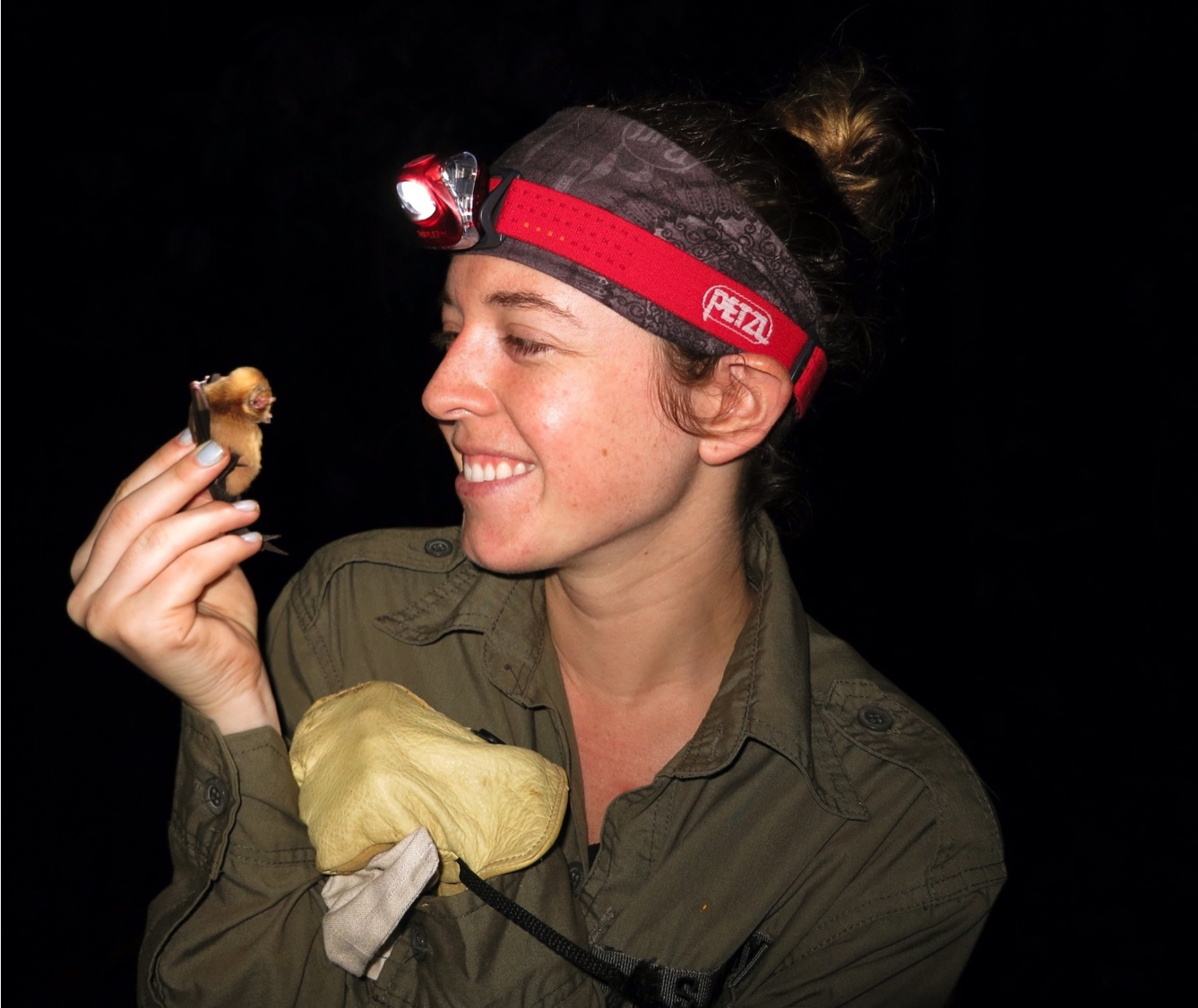
Laurel R. Yohe Yale University Tetrapods |
|
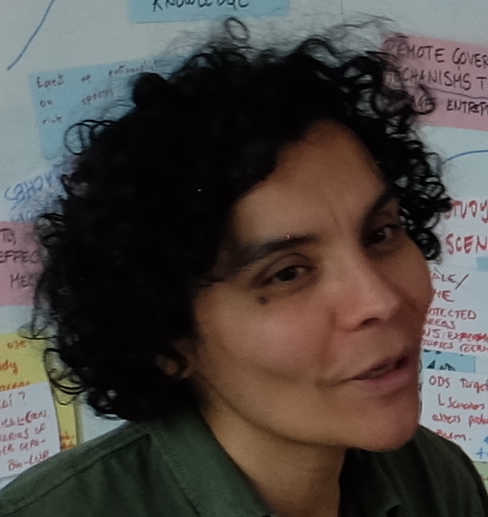
Stony Brook University Mammalogy |
I’m interested in the forces shaping biodiversity in time and space. We focus on the evolution of species and trait diversity, and on how to conserve ecosystems today and into the future. Relevant papers:
D Rojas, M Moreira, MJ Ramos Pereira, C Fonseca, LM Dávalos 2018 Updated distribution maps for neotropical bats in the superfamily Noctilionoidea Ecology 99 (9), 2131-2131 D Rojas, MJ Ramos Pereira, C Fonseca, LM Dávalos 2018 Eating down the food chain: generalism is not an evolutionary dead end for herbivores Ecology letters 21 (3), 402-410 |
|
| I am currently a PhD candidate at Ohio University, but will be joining the Guralnick lab as a postdoc in the fall. My research has been centered around the evolution of color polymorphism, and my future goal is to understand how climate and anthropogenic factors influence the distribution of color morphs and associated trait changes. I am also interested in patterns of body size change over spatial and temporal scales, and I will look at these trends using large trait datasets of mammals, amphibians, and reptiles. I look forward to learning new methods that will help in analyzing these types of datasets.
I love hiking and looking for salamanders, so I would love to get outside a bit if possible! |
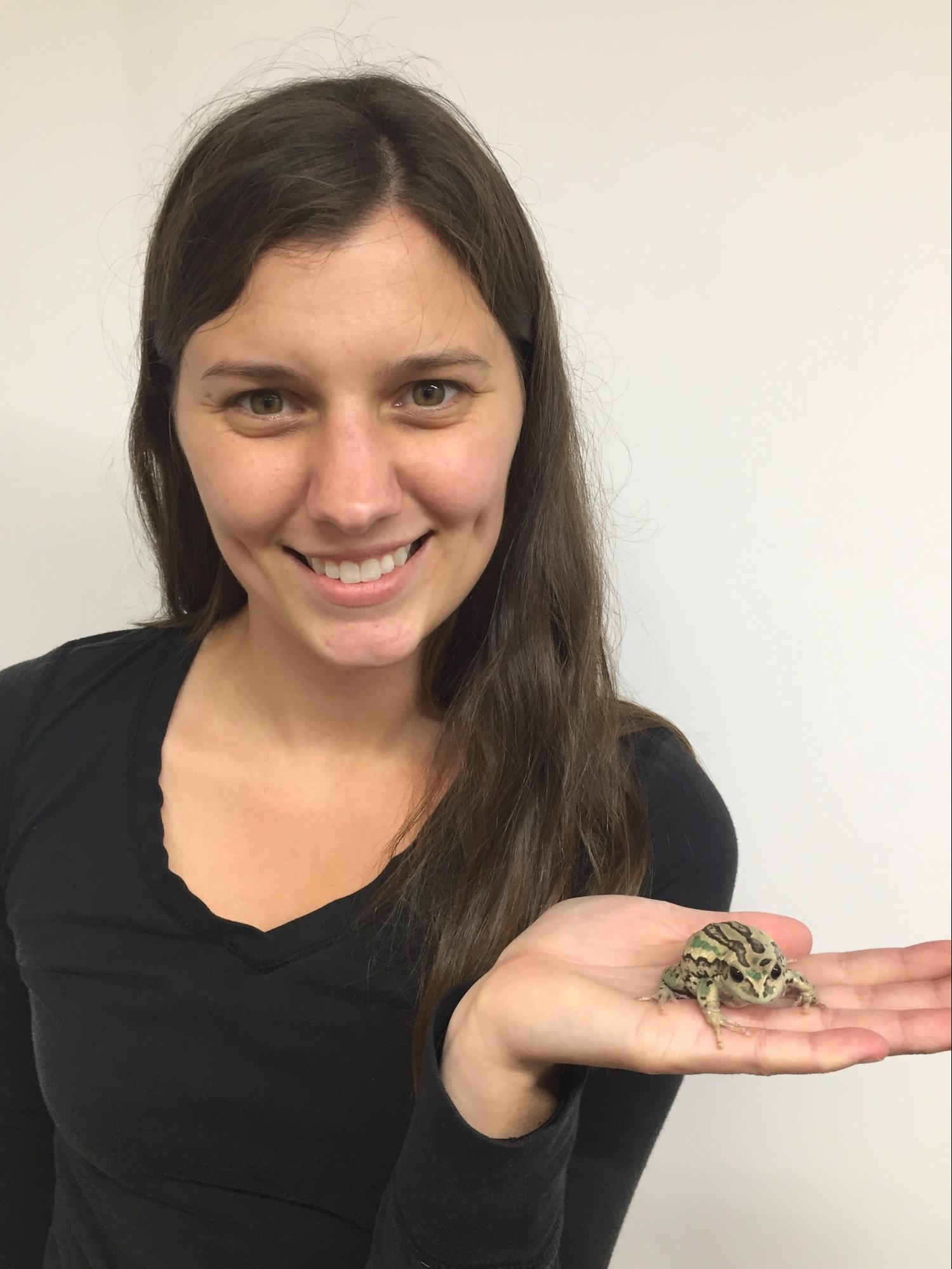
Maggie Hantak University of Florida Vertebrates |
|
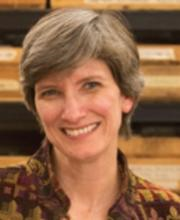
Michèle Morgan Harvard University Peabody Museum of Archaeology and Ethnology |
As a paleoecologist, I use various analytical tools to study local climate indicators, foraging strategies, and life history parameters of fossil and extant taxa including stable isotope, dental microwear and body size analyses. I also study taphonomic processes relating to fossil locality formation and fossil preservation.
My primary research focus is the Neogene Siwalik sequence of Pakistan. I am fortunate to be a member of a large collaborative research project that has studied the faunas and sediments of the Potwar Plateau region of northern Pakistan for more than 40 years. We’ve collected tens of thousands of measurements on Miocene mammal teeth and postcrania. We also have dental microwear and stable isotope data.
I am always interested in learning about new ways to curate and analyze these types of data, as well as 3D images. I am particularly interested in discussing long-term viability and accessibility of data and data formats.
While in Eugene I would love to fit in some walking/hiking in the area. |
|
| I use methods and models from modern evolutionary biology combined with evidence from the fossil record to understand how species and communities respond to environmental change through time. My work includes the investigation of geographic, evolutionary, and morphological responses of species and communities to environmental changes.
My lab is collecting several datasets of functional traits that relate to locomotor strategy in vertebrates and we are linking these traits to their geographic distributions. We are collecting vertebral shape data for all North American snakes using geometric morphometrics methods. We are also collecting radioulna and calcaneum measurements In all artiodactyls. I’m generally interested in the more complete development of a workflow for effective use of functional trait data in research. Unfortunately, I’m unable to attend the meeting in person in Oregon, but I will join you virtually from Italy.
|
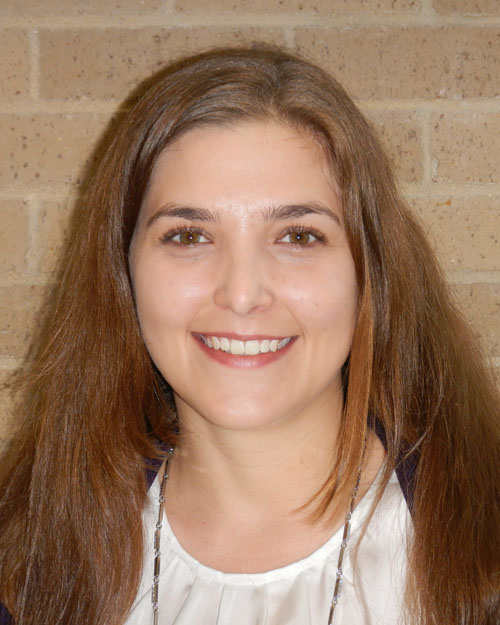
Texas A&M University Paleobiology |
|
|
Noé U. De La Sancha Chicago State University Mammalogy |
I would say I am a classically trained mammalogists. I’m currently an assistant professor at Chicago State University and a research associate at The Field Museum. I began with application of linear morphometrics on mammals for various type of taxonomic and systematic needs for biodiversity analyses. I then grew to enjoy the application of multivariate approaches to address questions dealing with ontogenetic variation, species delimitations, and correlating morphology with environmental variables. In my lab we have been working with traditional linear morphometrics and 2D geometric morphometrics. I began working on Matlab and then made a transition to R and love learning new applications and potentially developing new approaches to morphology as it applies to taxonomy, functional ecology and diversity, biogeography, population variation, and evolutionary biology. I would love to learn more about 3D geometric morphometrics and techniques for modularity type questions. I would be very interested in learning about any newer multivariate approaches and big data management. I am looking forward to a collaborative atmosphere with like-minded people.
|
|
| I’m a zooarchaeologist specializing in stable isotope analysis of faunal remains, but one of my pet peeves is when people do not record detailed information about specimens before sampling for biomolecular/geochemical analyses (or bother to consider the zooarchaeological context!) I also think zooarchaeologists and paleontologists should talk to each other more...
I’ve been involved in developing a zooarchaeological stable isotope database with Neotoma over the past few years, and part of that has necessitated the ability to input associated specimen-level data (such as element, side, etc) which was not previously possible. Most of my work has focused on human-animal-environment interaction in the eastern Mediterranean/Aegean/Adriatic, on islands, from the late glacial through to the Bronze Age. I am looking forward to meeting everyone and getting to see a little bit of what Oregon (and FuTRES, of course) is all about. |
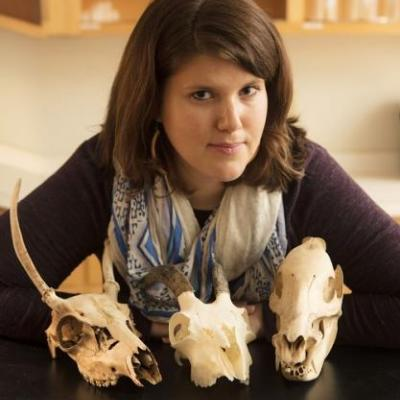
University of Georgia Zooarchaeology |
|
Organizers
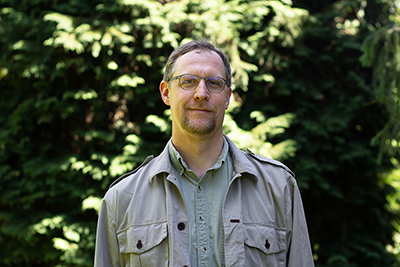
Edward Davis University of Oregon Paleobiology |
My research focuses on the evolution of morphology and species distributions in the context of changing environments. My data contribution will be mostly through supporting the ingestion of legacy paleo data from the literature, because I have funding from NSF to support graduate student effort in data mining.
I would like to see a growing user base arise from this workshop. I am hoping to get some guidance from the workshop participants in what areas I should have my graduate students focus for their data mining activities. I am looking forward to visiting the Deck Family Farm and also having an excuse to eat at more different brew pubs than I usually do. Here’s a paper on ecomorphology in small mammals And here’s a fun paper on rhinoceros arthritis over the last 50 million years |
|
| John is a biodiversity information and farmer, variously engaged with persistent identifiers, ontologies, welding, global data architecture, and baling ensiled grass. John is actively engaged with creating and improving the Genomic Observatories Meta-database (GEOME), and annotating trait and phenological data with ontologies. In his spare time he hangs out with his two granddaughters, hunts cougars, and reads science and historical fiction.
A couple of relevant publications: Deck, J, Gaither M, Ewing R, et al. “The Genomic Observatories Metadatabase (GeOMe): A new repository for field and sampling event metadata associated with genetic samples”, PLOSBiology 2017. doi:10.1371/journal.pbio.2002925
Deck, J. Guralnick, R, Walls, R, et al. “Meeting report: Identifying practical applications of ontologies for biodiversity informatics”, Standards in Genomic Sciences 10 (1), 2015 |
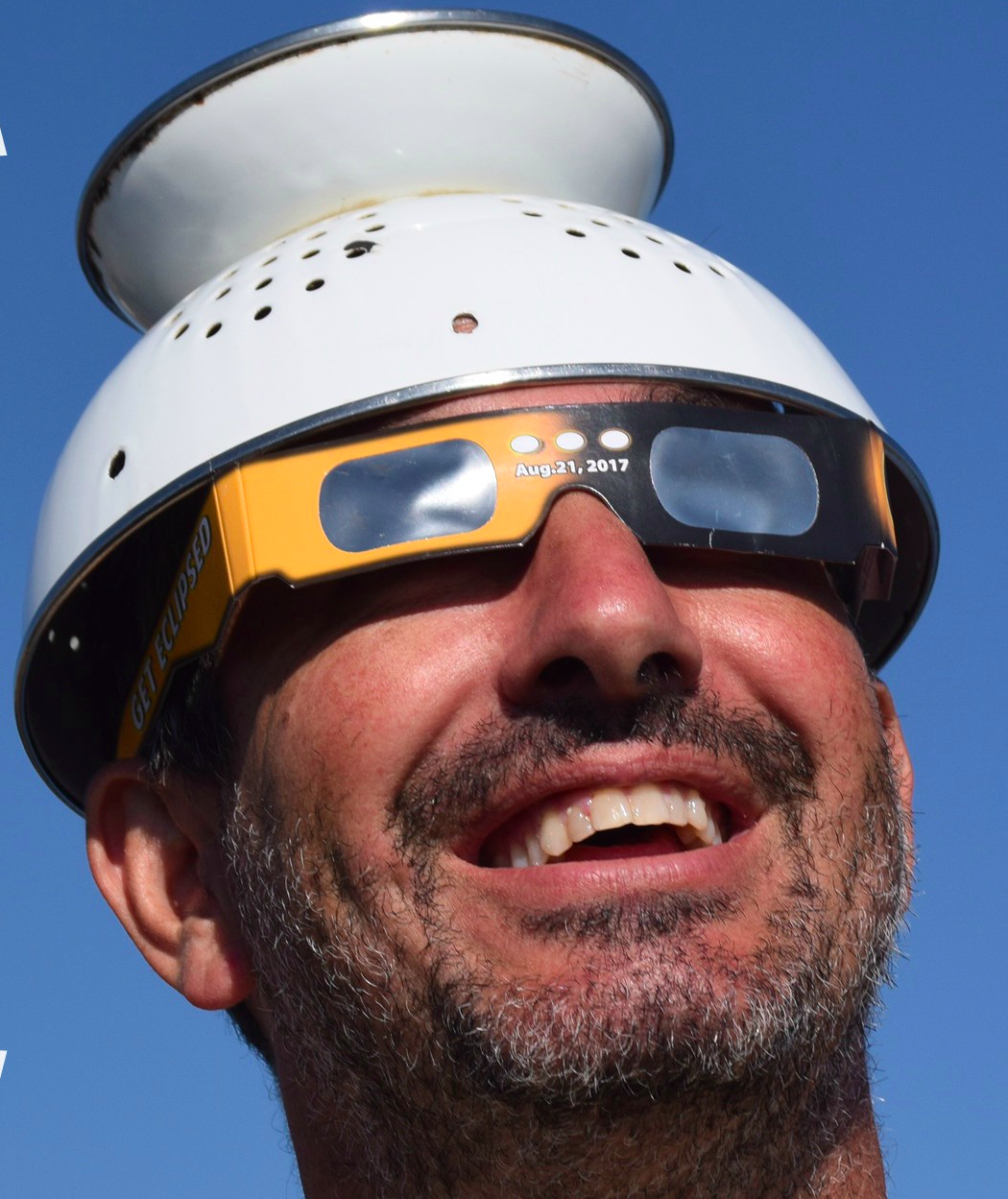
John Deck Berkeley Natural History Museums, UC Berkeley Biocode, LLC Tech Team |
|

Kitty Emery Florida Museum of Natural History, University of Florida Zooarchaeology |
Hi everyone! I'm an environmental archaeologist with a specialty in zooarchaeology. I love tromping around in the forests and mountains of Central America digging up data on the ancient relationship between people, animals, and environments.
Together with a super team of fun folks, Rob Guralnick and I have been developing ZooArchNet, a platform designed to mobilize Darwin-core enabled zooarchaeological data into the biodiversity network while linking it to open archaeological data publishers. These "early anthropocene" specimen data allow us to bridge the gap between paleontology and neontology, providing pre-human baselines and lessons about human environmental decision-making. Sharing specimen data means sharing attribute data - so the collaborative research potential of FuTRES is super exciting and I'm looking forward to lots of brainstorming with all the participants in Oregon. ZooArchNet: Connecting zooarchaeological specimens to the biodiversity and archaeology data networks |
|
| I am a PhD student at the University of Florida in biodiversity informatics. I am a Research Assistant on the FuTRES project, applying my knowledge about natural history specimen data standards and ontologies to the use cases.
I am looking forward to the Pacific Northwest weather, especially since Gainesville, Florida weather is terrible in July. I would like to get in some hikes and see some giant trees. Integrating herbarium specimen observations into global phenology data portals ZooArchNet: Connecting zooarchaeological specimens to the biodiversity and archaeology data networks |
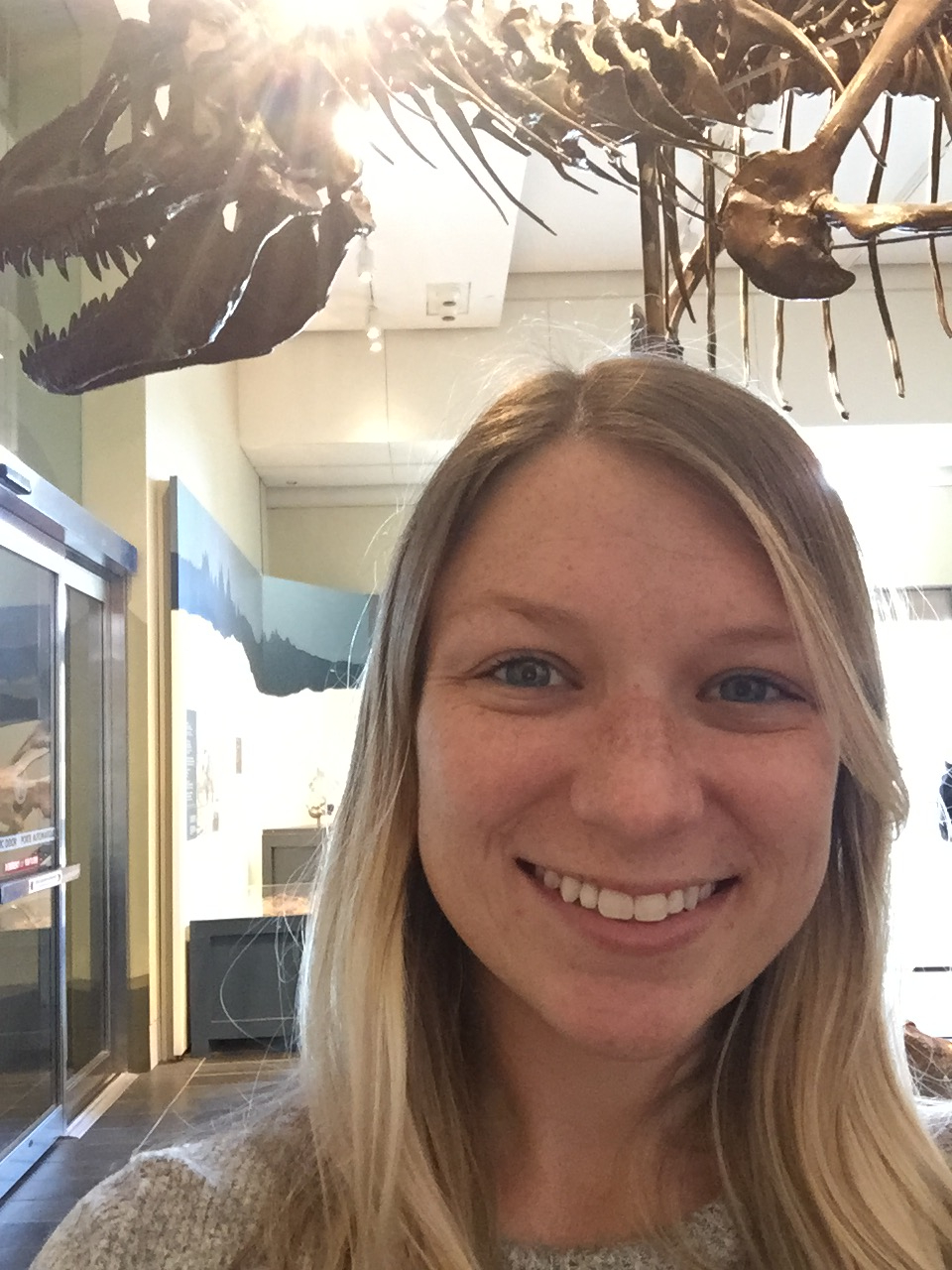
Laura Brenskelle University of Florida Biodiversity Informatics |
|
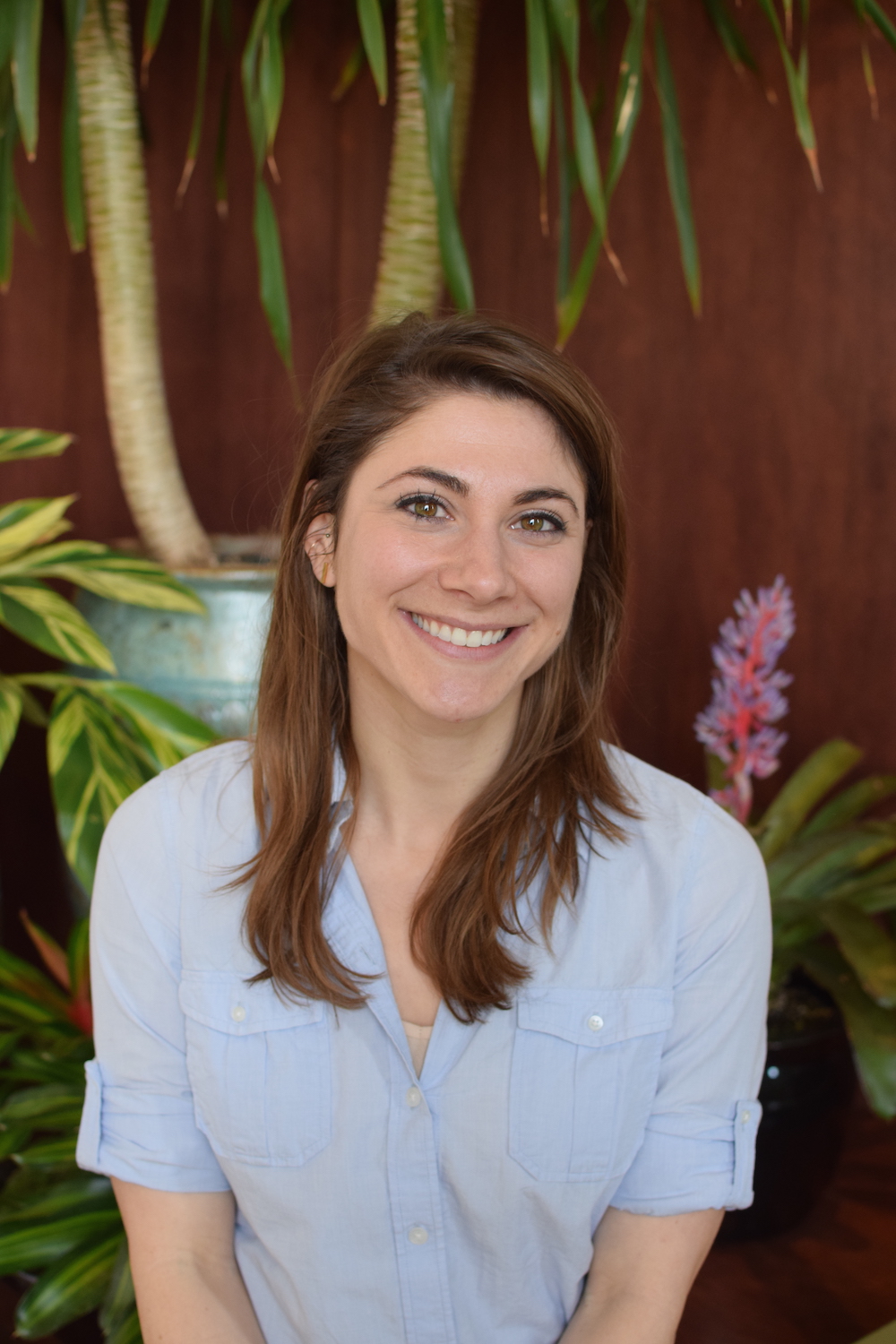
University of Arizona Paleobiology |
I am currently a postdoctoral research associate working with the FuTRES (Functional Trait Resource for Environmental Studies) team to develop a way to search and aggregate specimen-level trait data.
My expertise are in vertebrate traits. Through this workshop, I hope to see what the needs of the community are, and how to better ingest data. I enjoy the outdoors and so hope to get a hike (or two) in while I’m in OR. |
|
| My research focuses on ontology-based data integration, ontology design, and identifier services for large and dispersed datasets. Although my background (and first love) is in the ecology and evolution of plants, my work is not restricted to plant science and includes many domains. I am an active member of the biodiversity standards community, including TDWG (Biodiversity Information Standards), GSC (Genomics Standards Consortium), and the OBO Foundry. As the senior science informatician at CyVerse, I am primarily responsible for organizing things, so I work on initiatives related to data management and integration, metadata use and harmonization, and incorporating ontologies into CyVerse cyberinfrastructure.
I am looking forward to spending a week in a place it is under 100 degrees. |
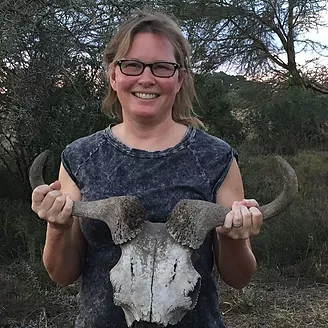
Ramona Walls University of Arizona Ontologies |
|

Ray Bernor Howard University Paleobiology |
I am an evolutionary biologist/vertebrate paleontologist that works mostly in the Neogene and Quaternary of Eurasia and Africa. I am concerned with large mammals, but within this group I work on fossil and recent Equidae. I frame large mammal evolution within a chronologic and biogeographic framework to understand the relationships between tectonics, climate change, environmental response, mammalian evolution and biogeographic distribution patterns. The image to the right includes a small part of the extant zebras in the National Museum of Kenya, Nairobi that I am studying along with their Pleistocene representatives
I'm looking forward to learn new methods and contribute with ideas in the functional traits analyses, and better implement my knowledge of Neogene paleontology. This will be my first time in Eugene and I am enthusiastic about participating in the workshop with all of you. |
|
| Rob is a biodiversity scientist who, in part, works on trait ecology and evolution from the domain side. But he also is strongly interested in trait assembly from the informatics side as well. He is one of the FuTRES PIs.
A domain-relevant paper: An informatics-oriented paper: |
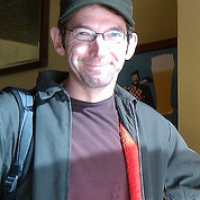
University of Florida Informatics/Interdisciplinary |
|
